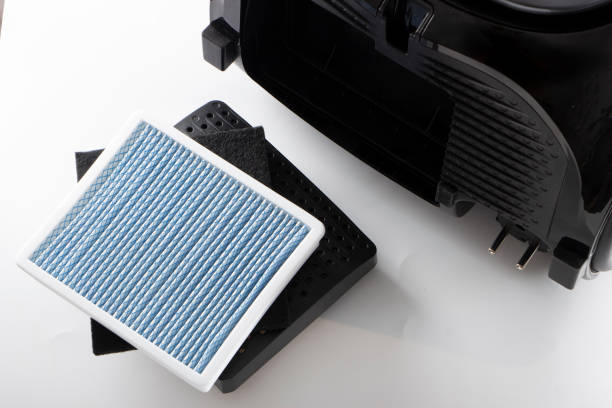Types of Air Filters

Air filters are essential components in numerous systems, playing a crucial role in maintaining air quality by trapping particles and contaminants. These filters vary significantly in their design, material composition, and efficiency, tailored to specific applications and industries. From residential HVAC systems to industrial machinery and automotive engines, the diversity of air filters is extensive, each serving distinct purposes in filtering out pollutants and ensuring cleaner air circulation.
Below are the different types of air filters;
Washable Air Filters: These filters are designed to be cleaned and reused multiple times. They often utilize a combination of materials like foam, aluminium mesh, or other durable materials that can withstand washing. While they reduce waste and cost in the long term, their efficiency might differ from disposable filters, especially in capturing smaller particles.
Pleated Filters: This air filter has larger surface area than fiberglass ones, allowing them to capture more particles. Their folded design traps smaller particles effectively, making them more efficient at improving air quality.
Electronic Air Cleaners/Ionizers: These cleaners use an electrostatic charge to attract and trap particles. They work by giving particles a charge and then attracting them to a surface with an opposite charge. However, there have been concerns about ozone production as a byproduct of some ionizers.
UV-C Filters: Ultraviolet-C light filters kill microorganisms like bacteria and viruses by disrupting their DNA. While they don’t physically remove particles, they’re combined with other filters to enhance air quality by neutralizing harmful biological contaminants.
Electrostatic Filters: These filters rely on electrostatic charge to capture particles. They are either washable or disposable. Washable electrostatic filters can be reused after cleaning, while disposable ones need replacement once they become saturated.
Fiberglass Filters: These are among the most basic and affordable options. Typically made from layered fiberglass spun together, they catch large particles but are less effective against smaller particles like pollen or smoke. They’re suitable for protecting HVAC systems from larger debris but might not provide high-level air purification.
Ionic Filters: These filters generate charged ions that attract and trap particles, removing them from the air. They can efficiently capture smaller particles but might produce ozone as a byproduct, which can be a concern for some individuals.
Activated Carbon Filters: These filters remove odors, gases, and chemicals from the air. Activated carbon has a large surface area that can adsorb various pollutants. They’re commonly used in air purifiers, particularly in environments where eliminating odors is a priority.
Consider the Minimum Efficiency Reporting Value (MERV) rating when choosing an air filter. MERV ratings range from 1 to 16, indicating the efficiency of a filter’s particle capture. Higher MERV ratings denote better filtration but can also restrict airflow, impacting HVAC system performance. For residential use, a MERV rating between 8 and 13 is typically recommended for an optimal balance between air quality and system efficiency.
Wrapping Up
Choosing the right air filter depends on various factors, including the specific contaminants you want to remove, the size of particles you need to filter, and any specific air quality requirements. When selecting an air filter for your home or workspace, it’s essential to consider the MERV rating, maintenance needs, and compatibility with your HVAC system. Regularly replacing or cleaning filters is crucial to ensure optimal air quality and the longevity of your HVAC system.




